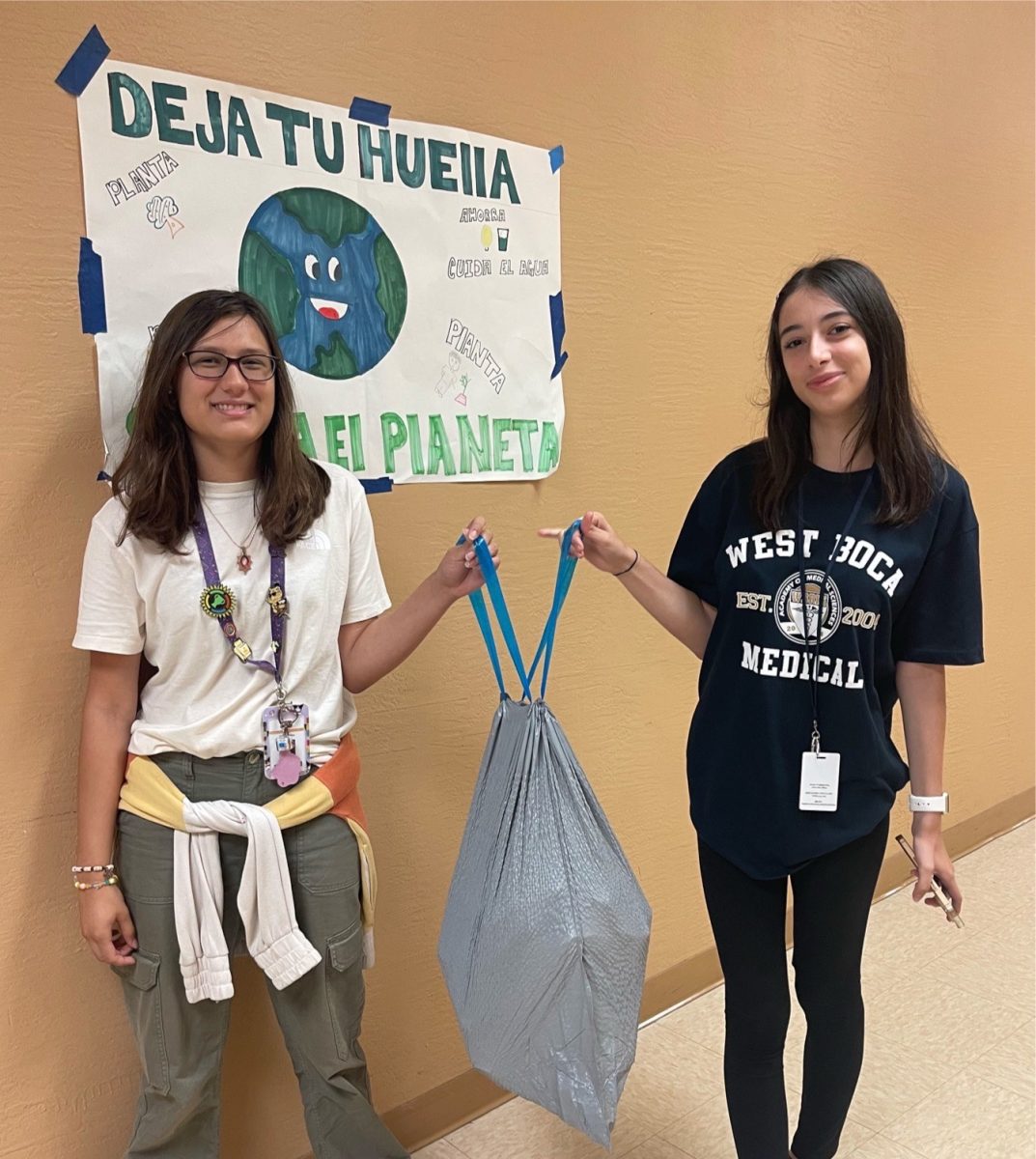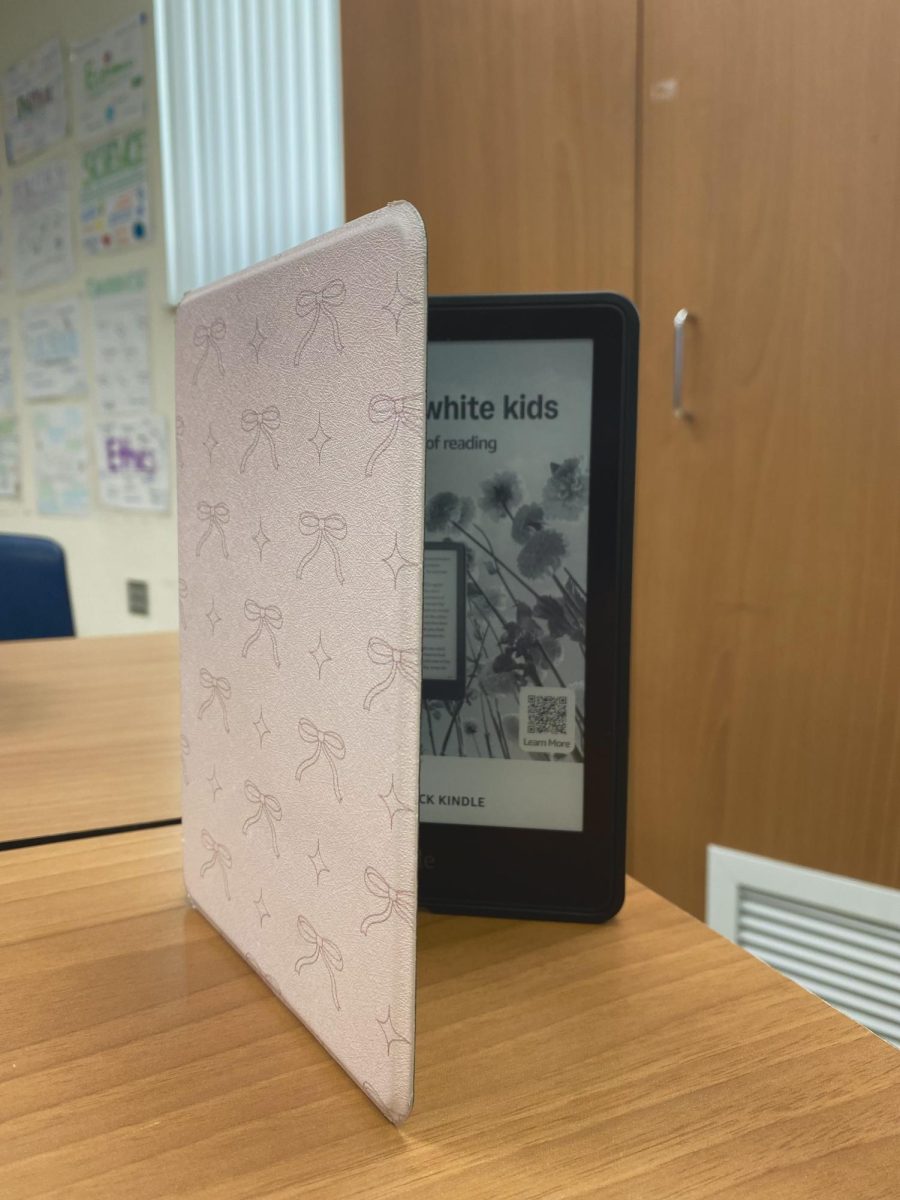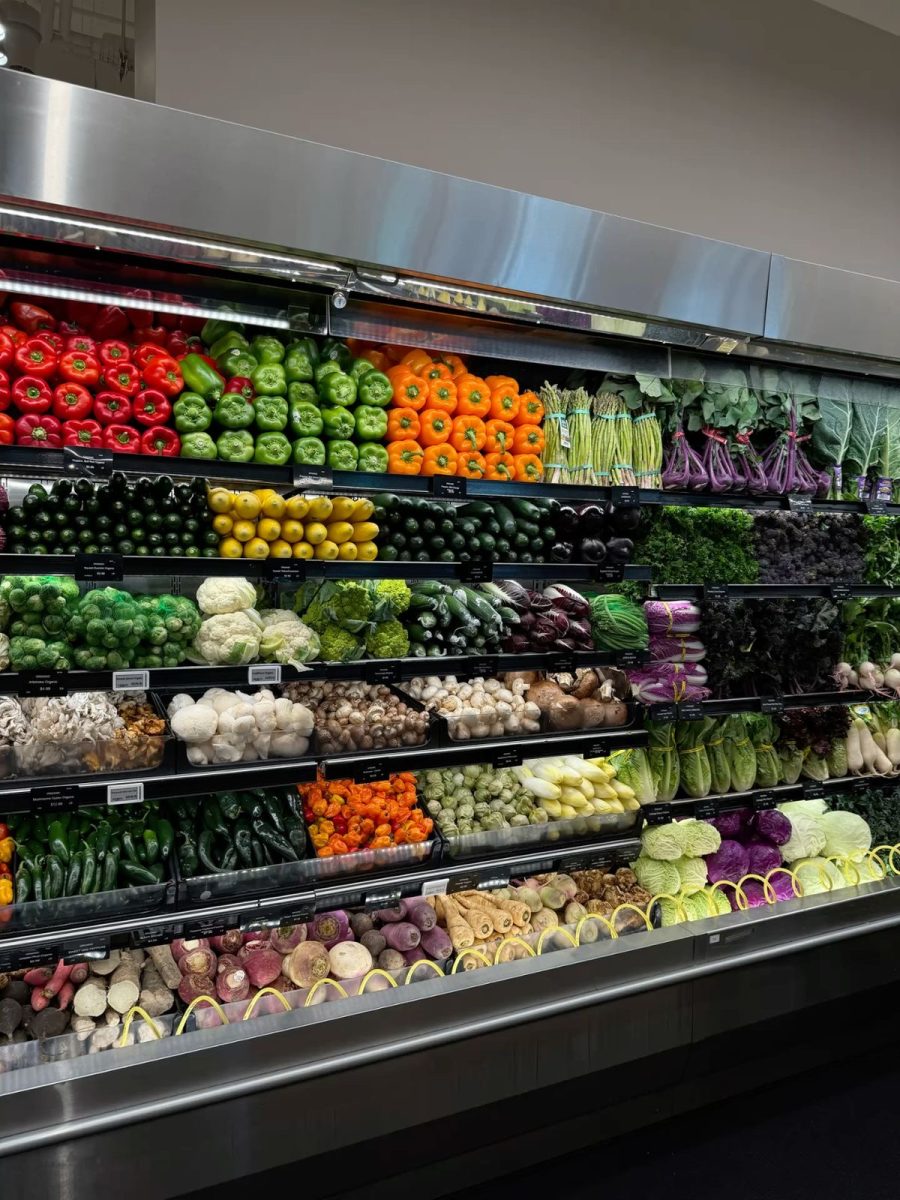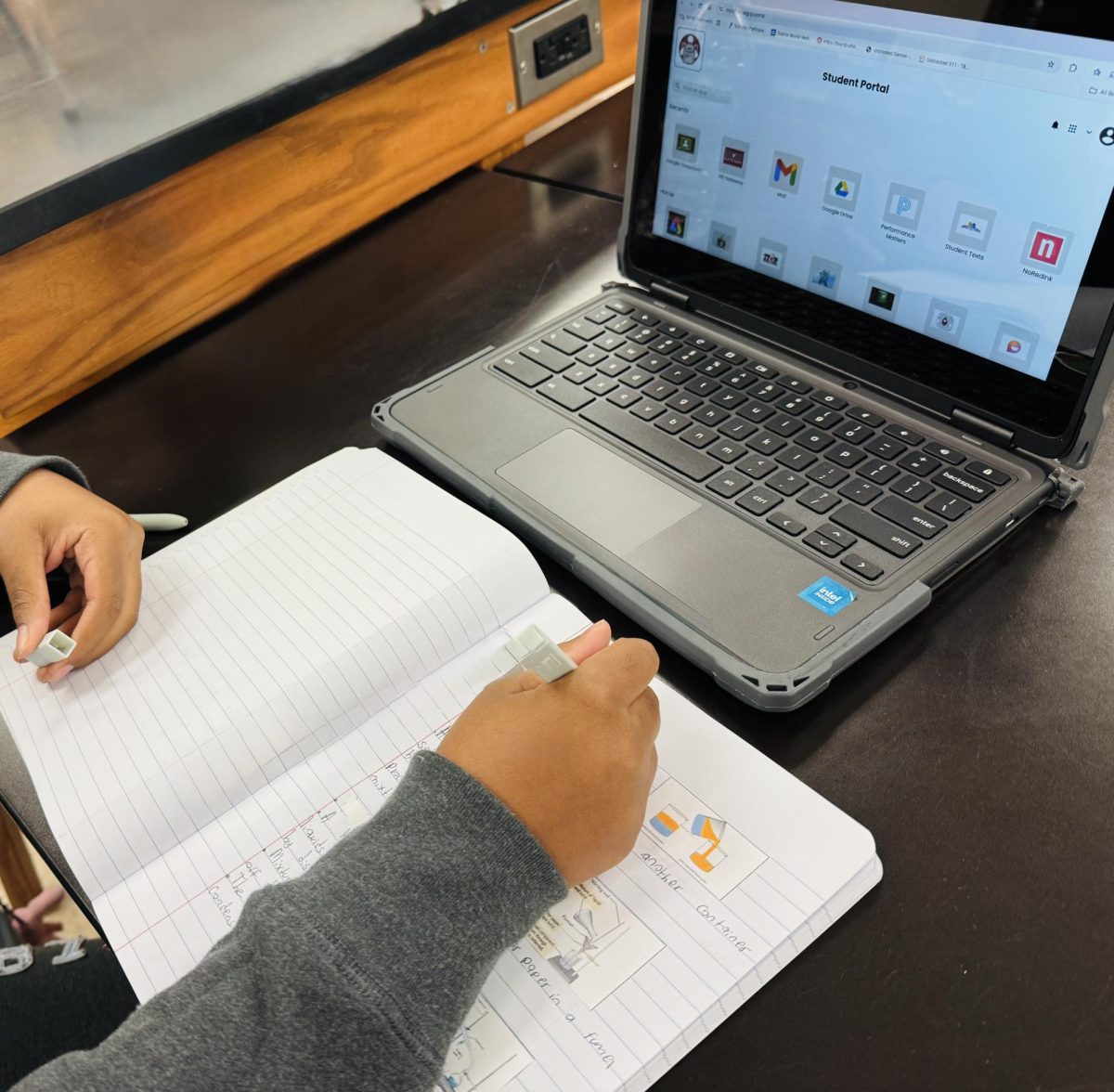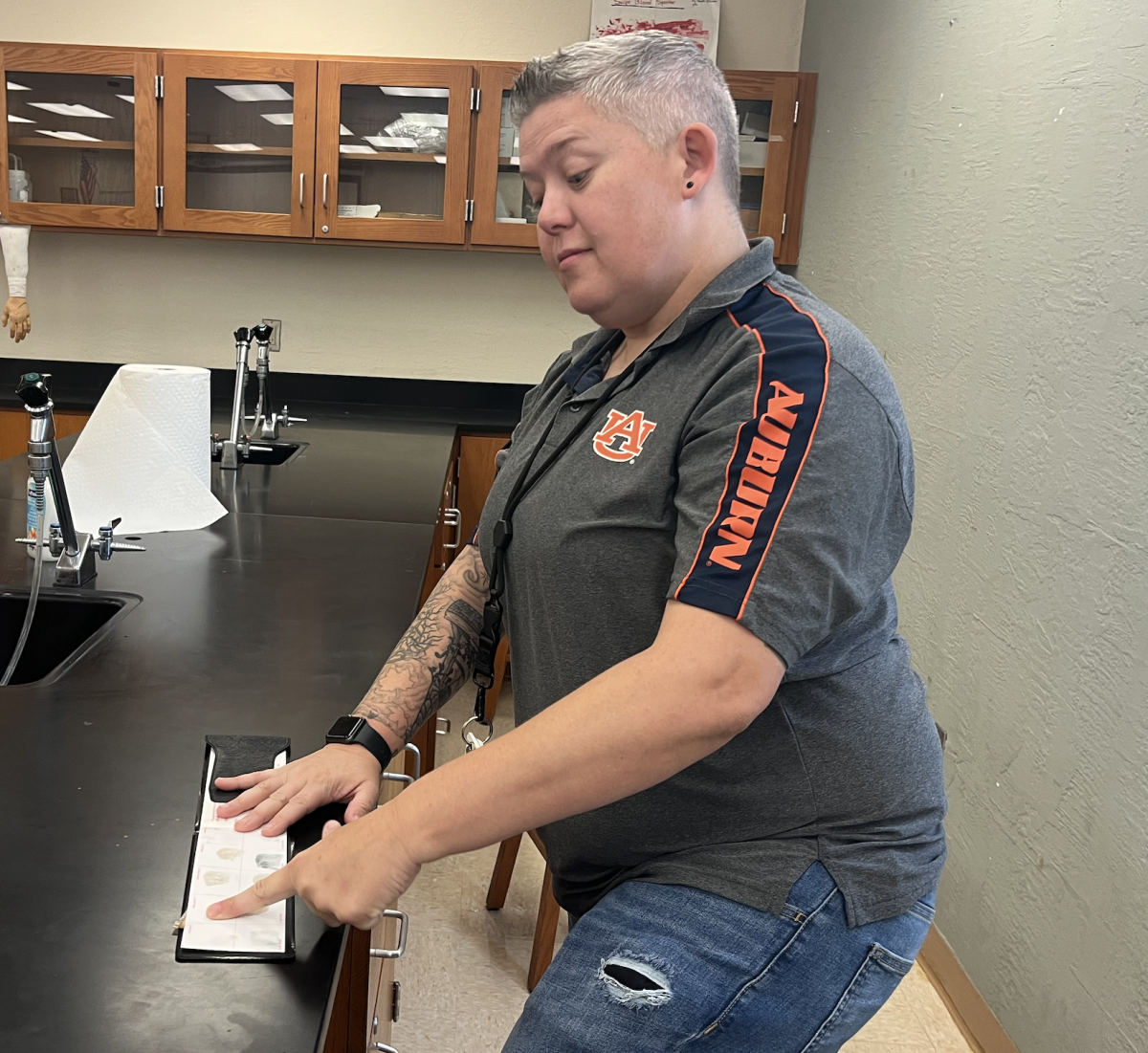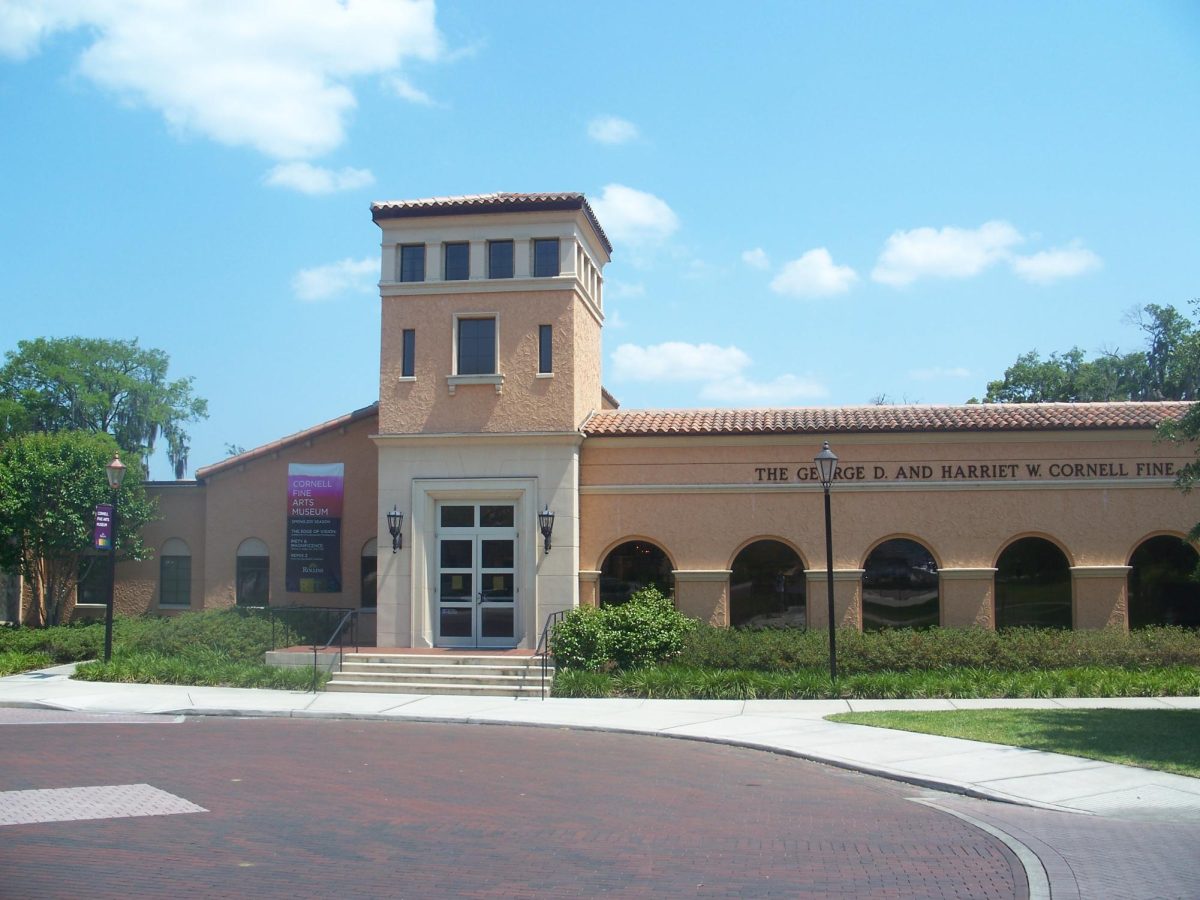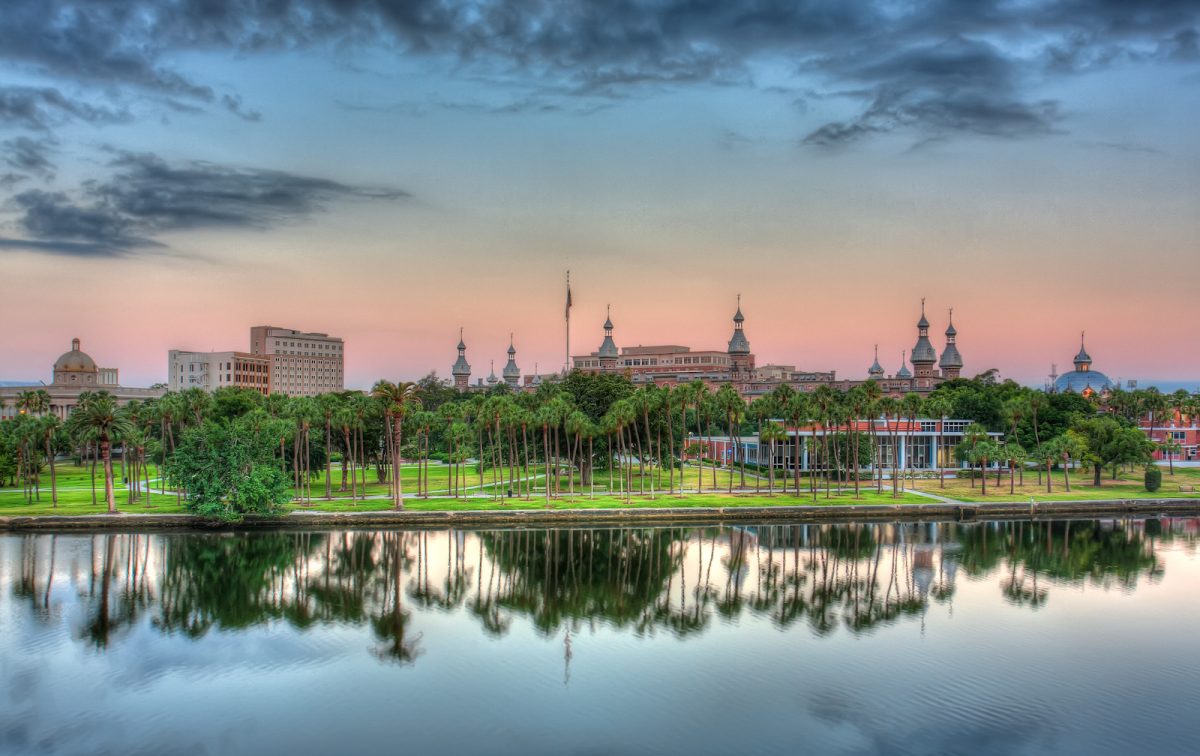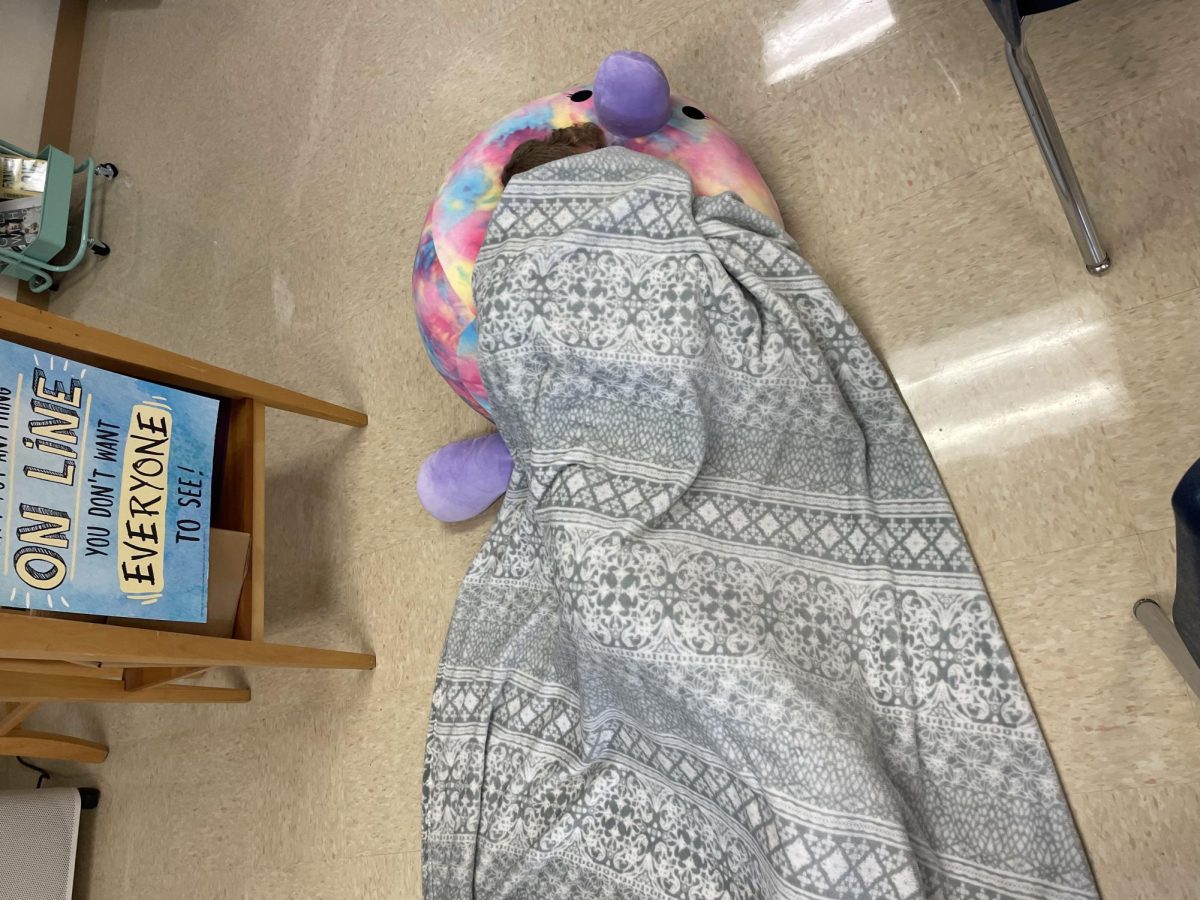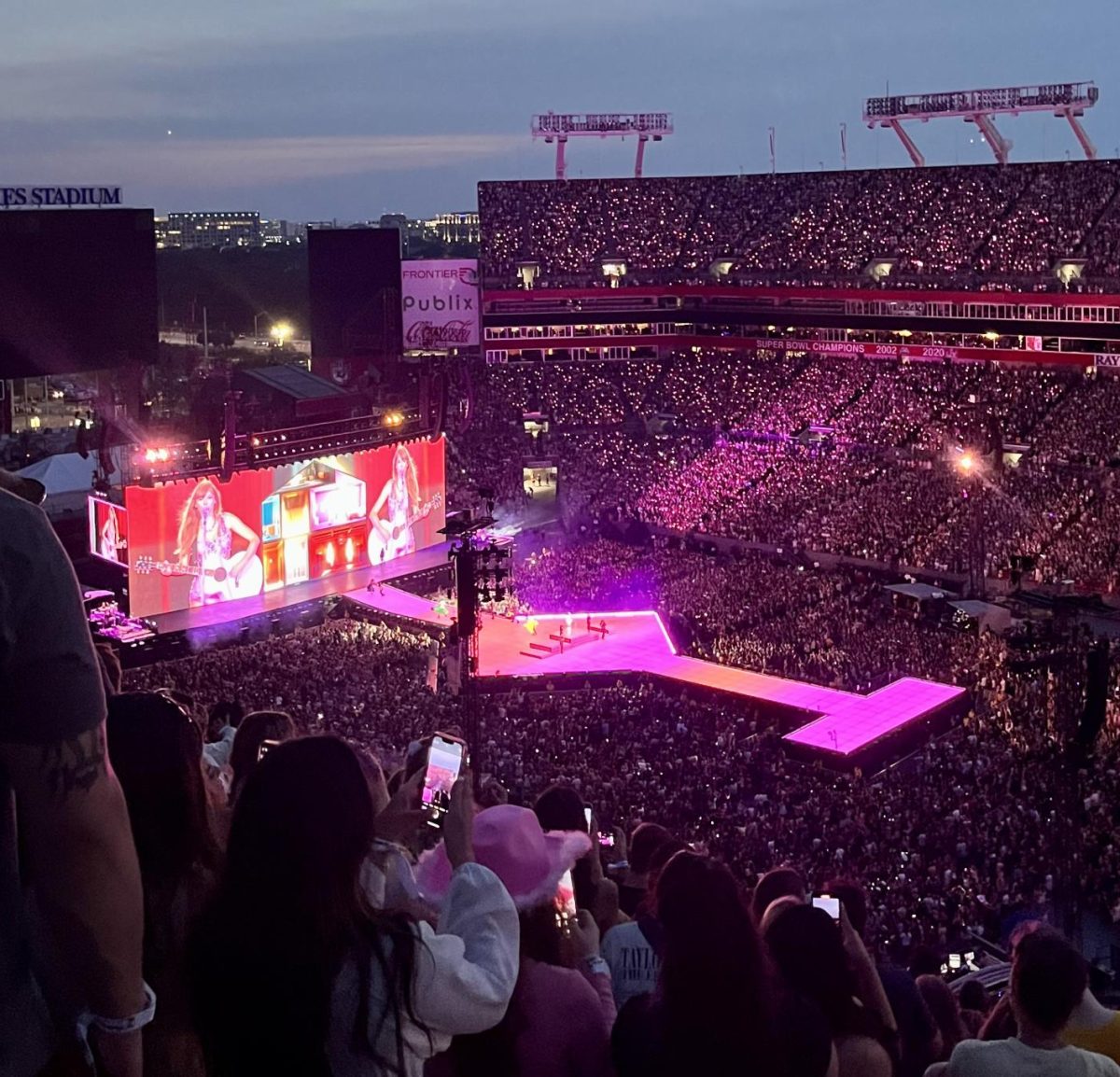Climate change is a foreseeable concern that is currently affecting our planet, both in terms of its consequences and the way we contribute to them. Despite other factors causing environmental degradation, our daily actions and societal structures worsen the problem. We will examine both the difficulties we face as a result of climate change and the solutions that can help mitigate its impact.
One of the most fundamental obstacles in addressing climate change is the shadow cast by our own actions. While there are other factors that contribute to climate change, such as emissions from exhaust pipes and smokestacks, there are additional factors that do the same beneath the surface. For example, deforestation contributes significantly to climate change because it reduces carbon sinks (which takes carbon dioxide from the atmosphere) while also disrupting ecosystems. This adds to the loss of biodiversity and exacerbates the effects of climate change. It’s also very similar to how an increasing amount of single-use plastics pollute the ocean, marine life, and soils, releasing harmful chemicals and exacerbating environmental damage.
Furthermore, our dependency on fossil fuels perpetuates an unending cycle of environmental damage, from extraction and transportation to burning and disposal. This environmental impact that affects our energy-lifestyle has the potential to spread to other areas such as business and economic systems, increasing the harm done to the world. Moreover, agriculture, another contributing factor, practices animal farming and monoculture crops, which contribute significantly to greenhouse gas emissions and soil degradation.
While recognizing the contributing variables resulting from human activity, it is critical that individuals understand how to mitigate climate change. That is why, in this section, you will learn ways to mitigate climate change. Starting off with the first option, saving energy at home, as the majority of our electricity is generated by coils, oil, and gas. Using less energy by turning down the heat or cooling, switching to LED lighting and other energy-efficient equipment, and using less laundry and dishwasher are all ways to save energy and reduce climate change. A second option is to use other modes of transportation other than cars. Driving emits diesel or gasoline into the atmosphere, which makes a significant contribution. Given that more than 200 million people in the United States use cars, using other modes of transportation such as walking, cycling, or public transportation can help with this. So, whenever you need to travel a small distance, consider riding your bicycle or walking, as it not only reduces greenhouse gas emissions but also improves your health and fitness. A third option is to toss less food waste. When individuals throw away food, they not only waste the food itself, but also the energy and resources used to grow it. It also rots in a landfill, producing methane, a potent greenhouse gas that contributes to climate change. So, while buying food, consider how much you’ll consume and how you’ll use it. Finally, everyone should reduce, reuse, repair, and recycle. Recycling is one of the most encouraging ways to mitigate climate change by purchasing fewer items, shopping second hand, and repairing what we can. And, while all of these things may seem insignificant, yet they can contribute far more than we realize to reducing climate change. That is why building resilience in the face of climate change and mapping a course for a more fair and sustainable future is the way to go.
With climate change being a complicated and urgent challenge that requires collaboration and institutional reform. Understanding the unknown influences that human activity has on the environment allows us to discover how we caused this problem in the first place and how we may work towards solutions. That is why, with innovation, teamwork, and a commitment to environmental management, we can collaborate together to mitigate the effects of climate change and protect the planet for future generations.
Spanish Version:
Para empezar, el cambio climático es una preocupación previsible que está afectando a nuestro planeta en estos momentos, A pesar de que hay otros factores que causan la degradación del planeta, las acciones de nuestro día a día y las estructuras sociales empeoran el problema. Nosotros necesitamos examinar ambas para encontrar soluciones que puedan ayudar a mitigar su impacto.
Uno de los obstáculos fundamentales para abordar el cambio climático es la sombra proyectada por nuestras propias acciones. Mientras que hay otros factores que contribuyen al cambio climático, como la emisión de tubos de escape y chimeneas, hay otros factores adicionales que hacen lo mismo debajo de la superficie. Por ejemplo, la deforestación contribuye significativamente al cambio climático porque reduce los sumideros de carbono (los cuales no toman dióxido de carbono de la atmósfera) al mismo tiempo que perturba los ecosistemas. A más de esto, se suma a la pérdida de biodiversidad y exacerba los efectos del cambio climático. Es también muy similar a cómo aumenta la cantidad de plásticos de un solo uso que contaminan el océano, la vida marina, y el suelo, desatando químicos dañinos e intensificando el daño al medio ambiente.
Además, nuestra dependencia de los combustibles fósiles perpetúa un ciclo interminable de daño ambiental, por la extracción y transporte de quemas y desechos. Este impacto ambiental que afecta nuestro estilo de vida que depende de la energía tiene el potencial de proliferar a otras áreas como los negocios y el sistema económico, intensificando el daño que se le hace al planeta. También la agricultura, la ganadería y los monocultivos, contribuyen significativamente a los gases de efecto invernadero y la degradación de los suelos.
Si bien se reconoce el impacto de la actividad humana, es fundamental que las personas comprendan cómo mitigar el cambio climático. Es por eso que, en esta sección se explican las distintas maneras de ayudar. Empezando por la primera opción, ahorrando energía en casa, como la mayoría de nuestra electricidad es generada por bobinas, petróleo y gas. Se puede usar menos energía al apagar el aire acondicionado, usar bombillos de LED y otros equipos energéticamente eficientes. También usar menos las lavadoras y los lavavajillas son maneras para ahorrar energía y reducir el cambio climático. Una segunda opción es usar otras formas de transporte en vez de carros. Cuando se conduce se emite gasolina a la atmósfera, lo cual es un gran contribuidor. Dado que más de 200 millones de personas en Estados Unidos utilizan automóviles, utilizar otros modos de transporte como caminar, andar en bicicleta o el transporte público puede ayudar. Entonces, en cualquier momento que necesite recorrer una distancia pequeña, considere andar en bicicleta o caminar, esto no solo reduce los gases contaminantes, sino también mejora su salud y su aptitud física. Una tercera opción es reducir los desechos de comida, porque se usaron energía y recursos naturales para cultivarlos además de que se pudre en un vertedero, produciendo metano, un gas potente de efecto invernadero. Entonces, mientras compramos comida, considere cuánto consumirá y cómo lo va a usar. Finalmente, todos deberíamos de reducir, reusar, reparar y reciclar. El reciclaje es una de las formas más alentadoras porque al comprar cosas de segunda mano se puede contribuir mucho más de lo que nos damos cuenta. Por eso, trazar un rumbo hacia un futuro más justo y sostenible es el camino a seguir.
Con el cambio climático, siendo un reto complicado y urgente, la colaboración y la reforma institucional. Al comprender las influencias desconocidas que la actividad humana ha causado en el ambiente, nos permite asimilar como nosotros causamos este problema en primer lugar y cómo podemos trabajar para encontrar soluciones. Es por eso que con innovación, trabajo en equipo, y es por eso que un compromiso al medio ambiente, nosotros podemos colaborar juntos a mitigar el efecto del cambio climático y protección al planeta para las futuras generaciones.

